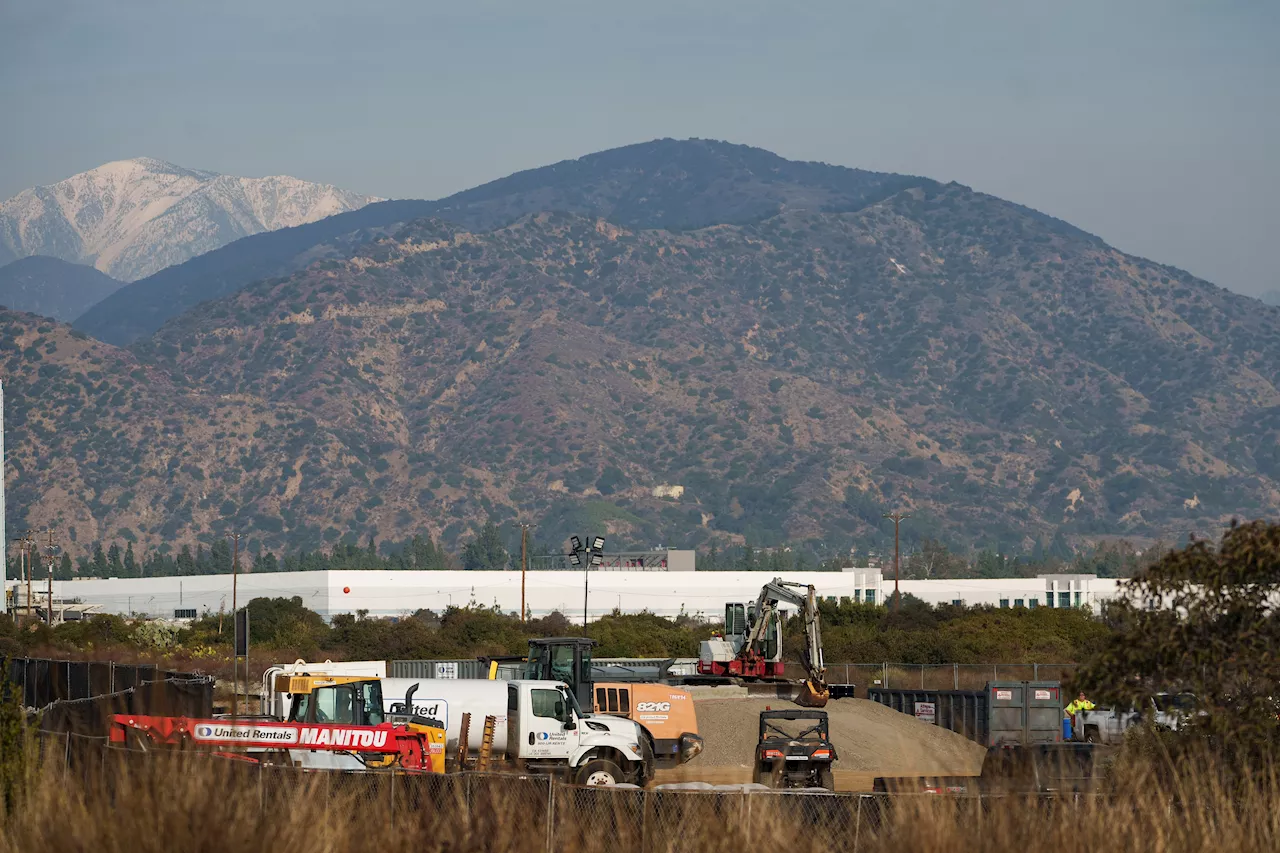The EPA has chosen a site in Altadena, near burned areas in Los Angeles, to process hazardous waste from the Eaton and Palisades fires. While experts say the site poses minimal long-term risks, residents voice concerns about short-term air and soil pollution, as well as a lack of transparency from officials.
The blazes that began on Jan. 7 charred thousands of buildings, cars and electronics across the Los Angeles area, creating potentially hundreds of tons of hazardous materials.Not far from where Ceci Carroll lives, a rock-mining company has polluted the air with dust across the San Gabriel Valley, she said.“I’m concerned about the community and also the school districts here, where we have children,” said Carroll, a Duarte resident of 23 years and former local school board member.
The mostly Latino communities adjacent to the site are exposed to higher levels of ozone and particulate matter pollution than other areas, according to data from the California Office of Environmental Health Hazard Assessment. At a town hall Wednesday, California Sen. Susan Rubio and local mayors opposing the site grilled state and federal officials: How was the site chosen? Why weren't we consulted or notified? Why truck toxic waste 15 miles from the burn zone and risk contaminating our communities? What testing will be done after it's closed?
But the Eaton and Palisades fires are unprecedented. Together, they torched the largest urban area on record in California, according to an Associated Press analysis, and more than double the urban acreage consumed by the 2018 Woolsey Fire.The EPA said it would regularly monitor air, sample soil, use water trucks to control dust and transport waste out of the area daily.
“There’s several feet of soil that the pollutant has to pass through, and that also requires lots of water to leech from the system,” Mohanty said."And even if there is leeching, they would not migrate far into the soil in a short time."
HAZARDOUS WASTE WILDFIRE POLLUTION COMMUNITY HEALTH ENVIRONMENTAL PROTECTION
United States Latest News, United States Headlines
Similar News:You can also read news stories similar to this one that we have collected from other news sources.
 Norepinephrine: The Brain's 'Switch' for Waste RemovalScientists have discovered that the brain's waste disposal mechanism, the glymphatic system, is activated by waves of the neurotransmitter norepinephrine released during sleep. This rhythmic constriction and dilation of brain arteries, driven by norepinephrine, creates a pumping action that facilitates the removal of harmful proteins, protecting against diseases like Alzheimer's.
Norepinephrine: The Brain's 'Switch' for Waste RemovalScientists have discovered that the brain's waste disposal mechanism, the glymphatic system, is activated by waves of the neurotransmitter norepinephrine released during sleep. This rhythmic constriction and dilation of brain arteries, driven by norepinephrine, creates a pumping action that facilitates the removal of harmful proteins, protecting against diseases like Alzheimer's.
Read more »
 Sleep Aids May Disrupt Brain's Waste Removal SystemA new study reveals that common sleep aids could interfere with the brain's natural waste removal system, the glymphatic system, which is crucial for cognitive health.
Sleep Aids May Disrupt Brain's Waste Removal SystemA new study reveals that common sleep aids could interfere with the brain's natural waste removal system, the glymphatic system, which is crucial for cognitive health.
Read more »
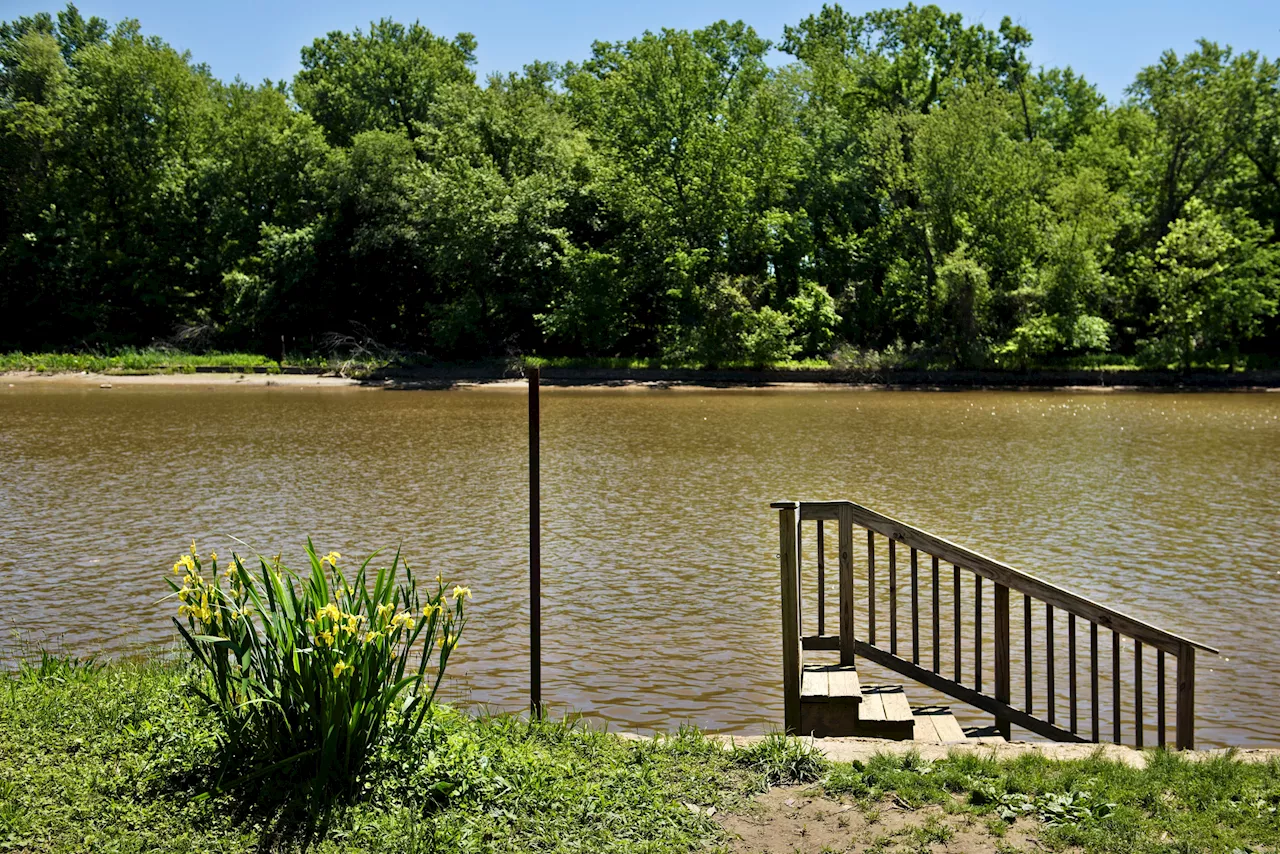 DC Lawsuit Accuses US Government of Using River as 'Toxic Waste Dump'The lawsuit claims that pollution has resulted in swimming bans and fishing advisories along the Anacostia River.
DC Lawsuit Accuses US Government of Using River as 'Toxic Waste Dump'The lawsuit claims that pollution has resulted in swimming bans and fishing advisories along the Anacostia River.
Read more »
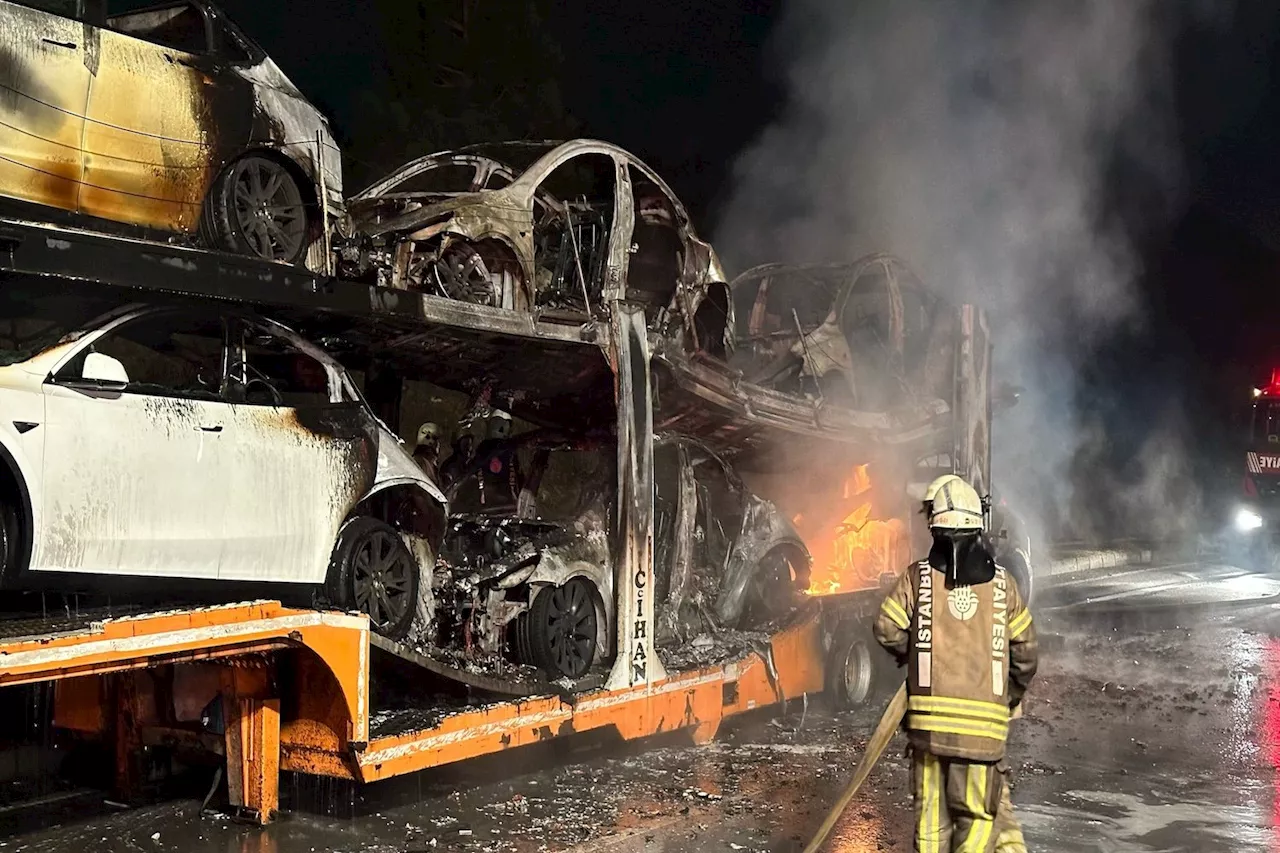 California Wildfires Leave Trail of Toxic Electric Vehicle Battery WasteThe devastating wildfires in Los Angeles have destroyed thousands of electric vehicles, leaving behind a significant amount of hazardous battery waste. This presents a new challenge for California, which is the largest electric car market in the US.
California Wildfires Leave Trail of Toxic Electric Vehicle Battery WasteThe devastating wildfires in Los Angeles have destroyed thousands of electric vehicles, leaving behind a significant amount of hazardous battery waste. This presents a new challenge for California, which is the largest electric car market in the US.
Read more »
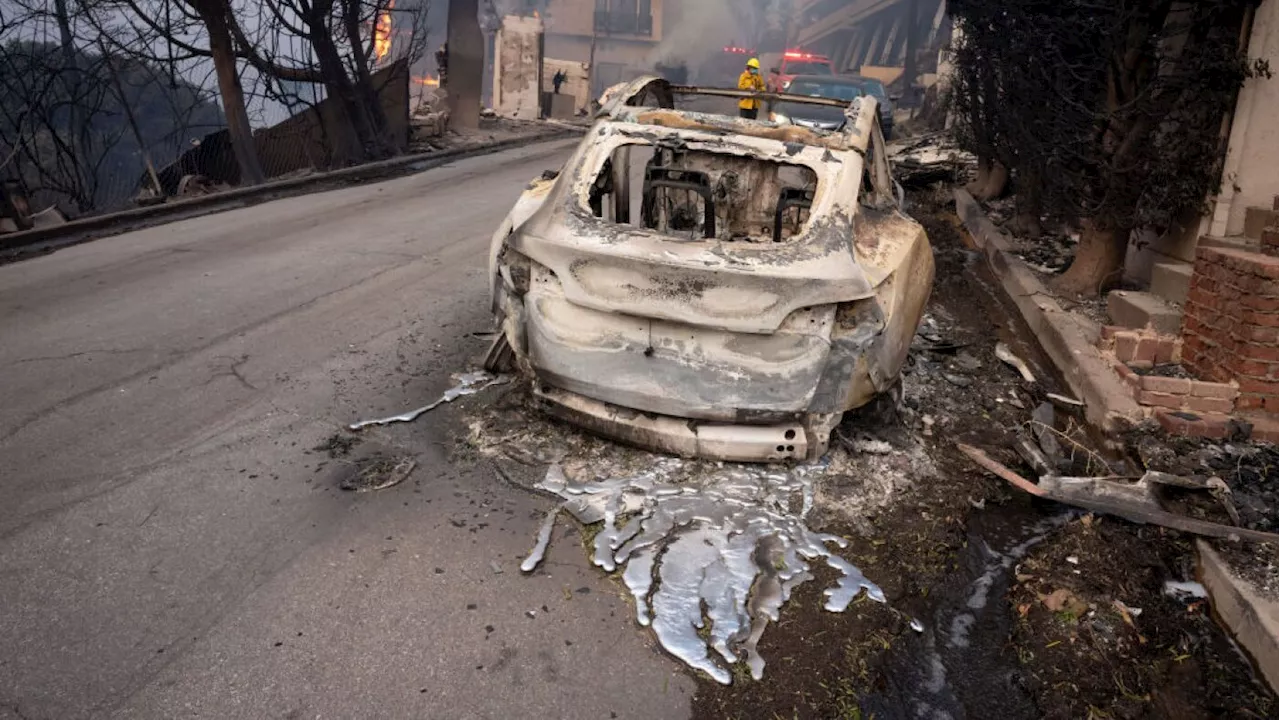 Hazmat crews tackle toxic waste left behind by LA's firesThe fires have turned some electric car batteries and household items into 'unexploded ordnances,' says an EPA official tasked with the cleanup
Hazmat crews tackle toxic waste left behind by LA's firesThe fires have turned some electric car batteries and household items into 'unexploded ordnances,' says an EPA official tasked with the cleanup
Read more »
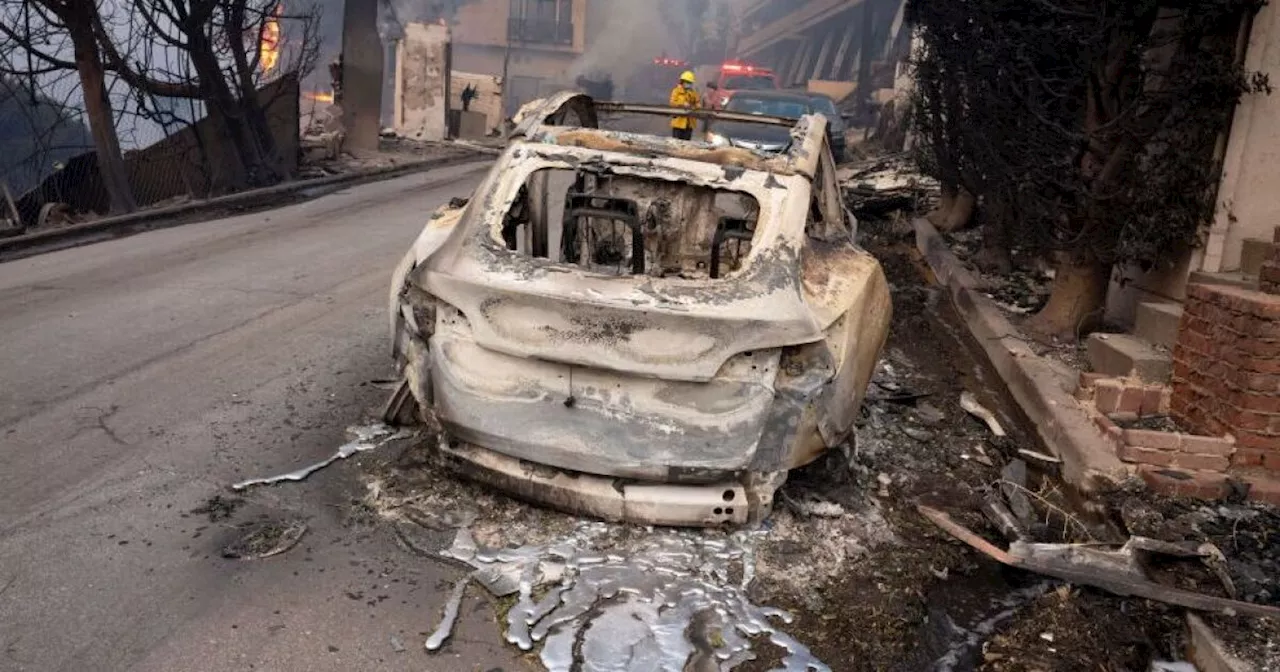 Hazmat crews tackle toxic waste left behind by LA's firesThe fires have turned some electric car batteries and household items into 'unexploded ordnances,' says an EPA official tasked with the cleanup
Hazmat crews tackle toxic waste left behind by LA's firesThe fires have turned some electric car batteries and household items into 'unexploded ordnances,' says an EPA official tasked with the cleanup
Read more »
